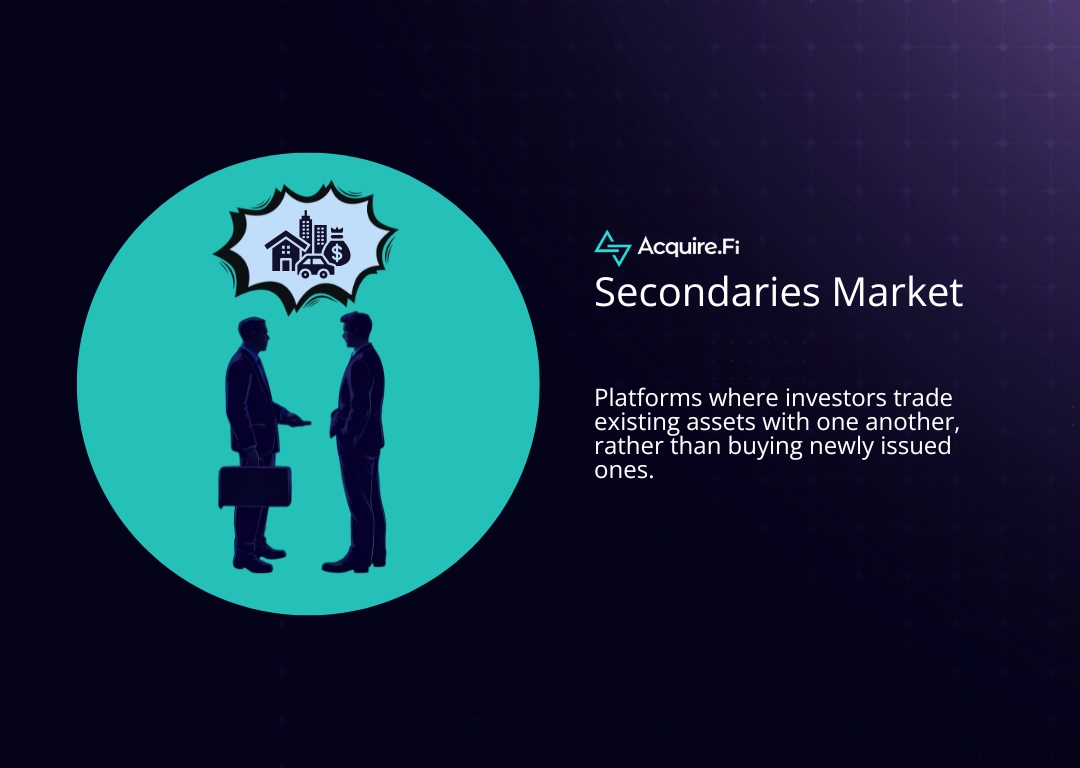What is Lens Protocol?
Lens Protocol is a decentralized, Web3-native social graph built on the Polygon blockchain. It shifts social media control from centralized platforms to users by tokenizing identities, connections, and content as NFTs. Users issue Profile NFTs, Follow NFTs, and Content NFTs representing relationships and contributions. These mechanisms empower people to own their online data, move profiles across apps, and monetize content in a permissionless ecosystem.
Developed by the Aave team, Lens introduced a composable infrastructure that supports modular extensions for publishing, collecting, commenting, mirroring (resharing), and following. This architecture provides cross-platform cohesion, where social interactions persist independently of any single app.
Key Takeaways:
- Lens Protocol is a decentralized social graph built on Polygon, enabling users to own their identity, connections, and content via NFT-based profiles, follows, and publications.
- Every social action becomes an on‑chain asset like posts, mirrors, and comments.
- Lens Protocol features true data ownership, cross-app portability, modular extensibility, direct creator monetization, and censorship resistance.
- Lens recently launched Lens V3 and Lens Chain, moving to a zkSync/Avail-powered L2 to reduce transaction costs, improve scalability, and support on-chain social finance (SocialFi) features.
- The future roadmap focuses on DAO-based governance, multi-chain support, standardized modular developer toolkits, and seamless UX integration.
How Lens Protocol Works
Lens uses smart contracts on Polygon (Layer 2 via zkSync/Avail migration) to implement its social graph. Users create Profile NFTs tied to wallet addresses. Every interaction triggers on-chain transactions and can be in the form of publishing posts, following, collecting content, commenting, or sharing.
A modular framework controls permissions and monetization. Collect modules let creators charge fees or offer content under specific conditions. Reference modules manage commenting and sharing access. Follow modules can impose restrictions, such as requiring payment to follow someone.
Recently, Lens migrated from Polygon to its L2 chain, Lens Chain, which is built on the zkSync Elastic Network and Avail. The migration transferred ~647k profiles, ~640k handles, and 31 million publications seamlessly on-chain.
Lens Protocol Features
To truly understand the Lens Protocol ecosystem, we must dig into its distinct, tokenized building blocks. These composable features empower users and developers alike, transforming social interactions into on‑chain assets.
Profile NFTs
Every user begins by minting a Profile NFT when they create a Lens account. This NFT represents their identity on-chain. It stores their profile metadata alongside a complete history of publications and is tied to their wallet. They can be held in different wallets, transferred, or traded on marketplaces.
Follow NFTs
When a user follows another profile, a Follow NFT is minted. This NFT records the relationship and allows the profile owner to set rules or monetize follows. It could be in the form of a fee or gating access. Each Follow NFT is unique and sequential, as it enables mechanisms such as rare first followers or time-based privileges.
Publication NFTs (Posts, Comments, Mirrors)
Lens treats every content interaction as an on-chain Publication NFT. These NFTs include a ContentURI (linking to off-chain storage, such as IPFS or Arweave) and carry associated rules. Authors configure collect and reference modules to control who can interact with, comment on, or mirror their content.
Collect NFTs
Creators can enable followers to “collect” a publication by minting a Collect NFT. These tokens often require payment or may be time-limited or supply-limited. Collect NFTs serve as proof of support, grant access to gated content, and even enable secondary market revenue sharing.
Benefits of Using Lens Protocol
Lens offers several advantages rooted in Web3 principles.
- True data ownership: Users hold Profile and Content NFTs. No other entity owns their posts or followers. Users decide what to share, how to monetize, and ultimately control their digital identity.
- App portability: Profile NFT works across Lens-compatible apps. There is no need to recreate social connections or rebuild your presence when switching to a new platform.
- Modular and extensible: Lens modules adapt to different use cases. Developers can innovate without rebuilding foundational systems.
- Creator monetization: Collect modules allow gating content for premium access or token-gated experiences. Creators receive direct payment for engagement, reducing reliance on ads.
- Censorship resistance: No single authority controls content. Communities manage permissions, reducing the risk of censorship or deplatforming.
Risks in Using Lens Protocol
While promising, Lens also entails risks.
- Blockchain dependency: Lens relies on smart contracts and blockchain infrastructure. Bugs or hacks in smart contracts or the underlying chain could lead to asset loss or data corruption.
- Unproven mass-market fit: Decentralized social networks remain a niche market. It remains unclear whether users accustomed to frictionless Web2 experiences will embrace wallet logins, on-chain interactions, and NFT-based economies.
- Regulatory uncertainty: Tokenized content and monetized interactions could draw scrutiny. Regulatory bodies may treat collectibles or engagement tokens as securities or financial instruments.
Roadmap of Lens Protocol
Lens V3 and Lens Chain launched in early 2025 as the new L2 infrastructure, migrating user data to a zkSync- and Avail-powered chain. The team plans to build DAO governance, moving control to Lens Protocol token holders. Future focuses include standardizing modular toolkits, supporting other chains, refining UX, and onboarding more creators and applications.
Lens continues to fund ecosystem growth through grants, developer programs, and strategic partnerships. The ultimate goal is to create an open, interconnected social app ecosystem with user-owned identity at its core.
Is Lens Protocol Worth It?
Lens Protocol stands at the vanguard of decentralizing social media. For investors eyeing SocialFi, data ownership, or Web3 infrastructure, its technical foundation, modular design, and ecosystem traction offer compelling upside.
That said, mainstream adoption remains uncertain. Success hinges on onboarding everyday users, easing UX friction, and proving sustainable creator revenues. Blockchain risks and regulatory oversight add further caution.
If investing in Lens Protocol is on your radar, check out Acquire.Fi’s OTC and Secondaries listing.












.webp)